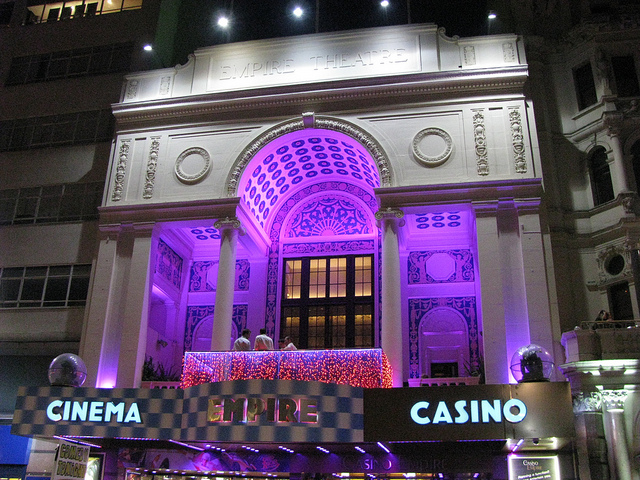Tower Bridge, one of London’s most well-known landmarks, is a relatively recent addition to the cityscape. It was opened in 1894 and is a combined bascule and suspension bridge. The suspension bridge allows boats to pass through while the fixed elevated bascule bridge facilitates uninterrupted foot traffic. The bridge features delicate Victorian Gothic ornamentation which harmonizes its appearance with the adjacent Tower of London. Although the bridge is much loved today, many contemporary early 20th century commentators were rather critical about it; some even called it absurd.

Detail of Tower Bridge
The museum ship HMS Belfast came into view, a gunship that was launched in 1938 that played a key role in destroying the German battle cruiser Scharnhorst. Since 1971 this ship has been used as a floating naval museum. We were now moving on into east London and the Docklands area, part of London’s extensive marine transportation facilities. In the 1800s ships would lay anchor at the wet docks where their cargo would be loaded and unloaded; vessels that needed repair went into the drydocks. New ships were built at dockyards that flanked the river. With the advent of container shipping, all the London docks closed between 1960 and 1980, and the entire area became run down.

London from the Thames
Soon redevelopment efforts were underway and the London Docklands Development Corporation was formed in 1981 to revitalize the area. Since then many residential and commercial projects have brought new life to the Docklands. The most well-known of them is Canary Wharf, a large office and shopping area centred around the old West India Docks that was opened in 1991.

One of the many bridges over the Thames
Canary Wharf is dominated by the 50-story Canada Tower which is a modern office and shopping complex that had gone through major economic problems and stood mostly empty during the real estate collapse of the early 1990s. Today Canary Wharf’s tenants include major international banks such as Bank of America, Northern Trust, Citygroup, Credit Suisse and others. About 90,000 people are employed in Canary Wharf buildings.

Canary Wharf
We had reached the last part of our cruise: Greenwich, home of the Greenwich Meridian which denotes 0 degrees longitude and passes through the Royal Observatory, Greenwich. This town also gave name to Greenwich Mean Time. The Royal Observatory in Greenwich holds the largest refracting telescope in the UK while the National Maritime Museum showcases boats, paintings and naval instruments.

Approaching the arrival in Greenwich
Greenwich itself is a historic town at the eastern approach to London and is home to the popular Greenwich Market. A famous clipper ship, the Cutty Sark, has been preserved in a dry dock by the Thames River, but it was partially destroyed by fire in 2007. A circular building by the riverfront holds the entrance to the Greenwich foot tunnel which has been connecting Greenwich to the Isle of Dogs on the north side of the Thames since 1902.
Our packed day of sightseeing became even more hectic since we were planning to join a walking tour of East London in the area of Whitechapel. But to do so we had to really hurry and catch the Docklands Light Railway, a computer-controlled light rail system that normally does not have a driver. I secured a spot right at the front of the vehicle and had a perfect view of the neighbourhoods of East London that we were passing through.

Another look at the Parliament Buildings
Finally, shortly after two pm, we arrived in Whitechapel, ready to join a walking tour called “London’s Unknown East End”. The East End is a working class area that was marred by extreme poverty and wide-spread crime during the 19th century. It is also infamous for being the location of the gruesome serial murders of Jack the Ripper. I was looking forward to learning more about this fascinating area of London and how it has transformed itself in recent years.




